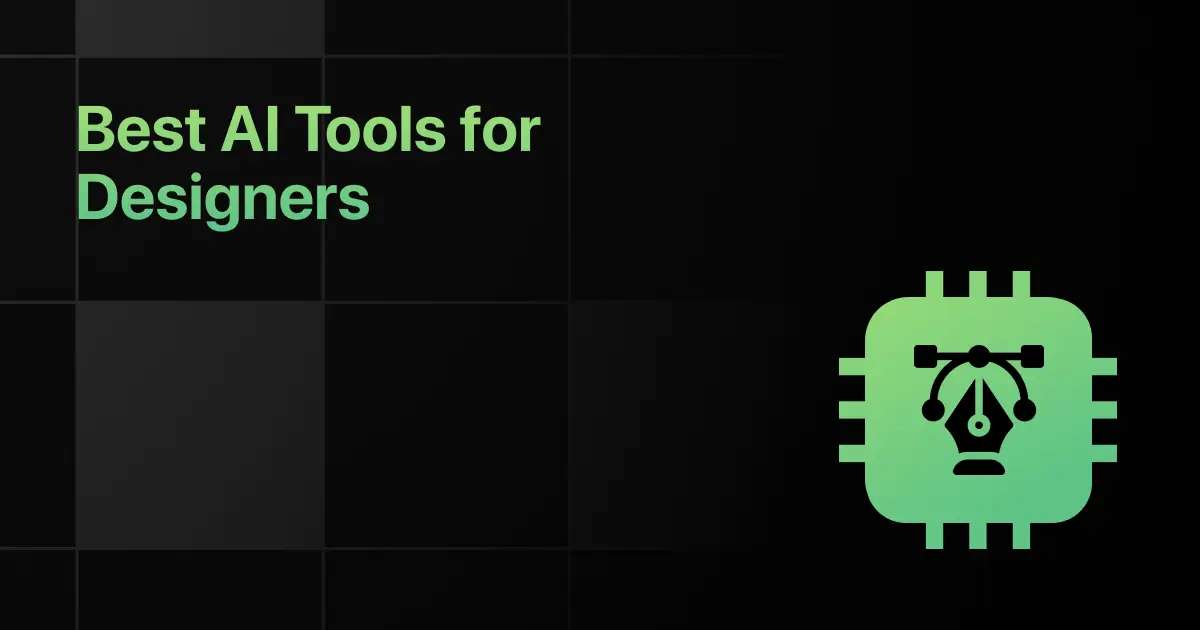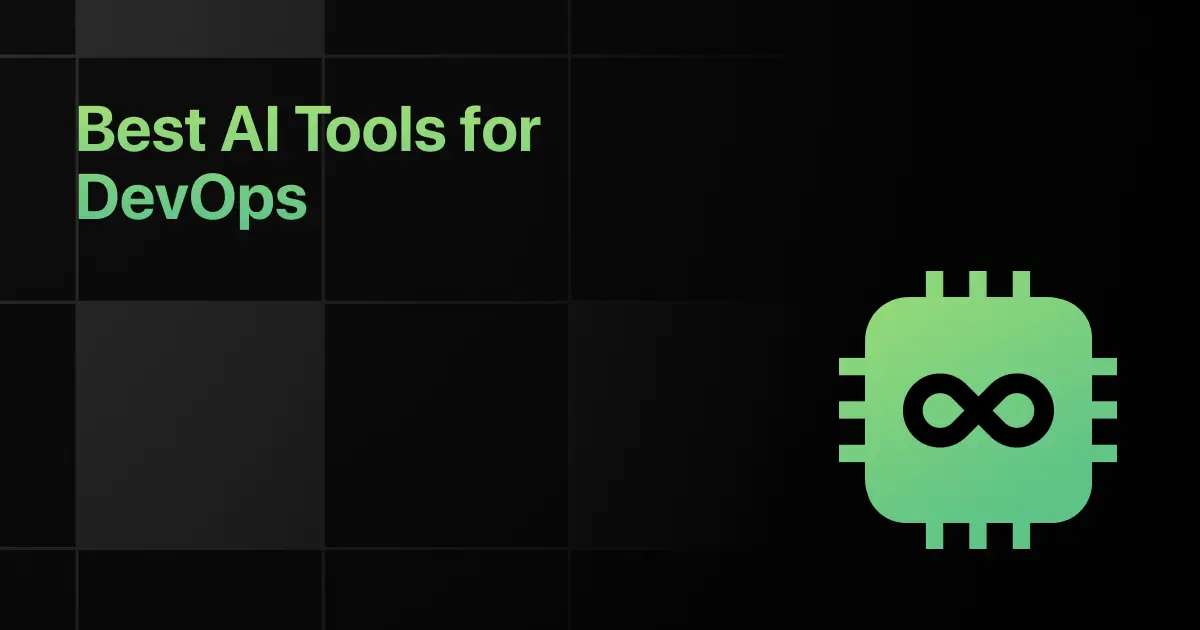Best Programming Languages for Internet of Things (IoT)
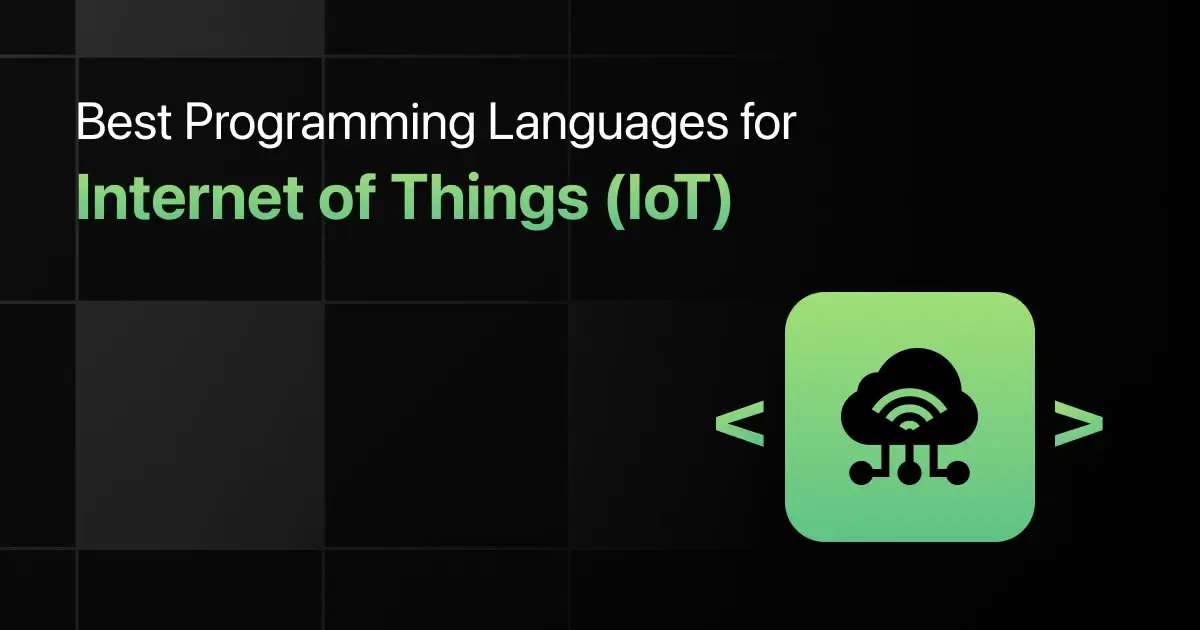
The Internet of Things (IoT) is transforming the way we interact with the world.
Choosing the best programming language for IoT is crucial for developing scalable IoT applications.
This blog will explore the 10 best programming languages for the Internet of Things.
Best Coding Languages for IoT – Overview
Here’s an overview of the 10 best programming languages for IoT:
| S.No. | Programming Language | Learning Curve | Job Market Demand | Learning Resources |
|---|---|---|---|---|
| 1 | C Programming | Difficult | Programming Microcontrollers and Embedded Systems | Learn More |
| 2 | C++ | Difficult | Developing IoT Devices and Real-time Systems | Learn More |
| 3 | Python | Easy | Rapid Prototyping and Data Analysis in IoT | Learn More |
| 4 | Java | Medium | Developing Scalable IoT Applications and Device Management | Learn More |
| 5 | JavaScript | Easy | Developing Interactive IoT Applications and Device Connectivity | Learn More |
| 6 | Rust | Difficult | Secure and High-performance IoT Applications | Learn More |
| 7 | Lua | Easy | Scripting and Automation in IoT Projects | Learn More |
| 8 | Go | Medium | Scalable and Efficient IoT Applications | Learn More |
| 9 | Swift | Easy | Applications that Interact with Apple Devices | Learn More |
| 10 | PHP | Easy | Creating Backend Services and Managing Device Connectivity | Learn More |
Top 10 Programming Languages for Internet of Things (IoT)
Below are the top 10 programming languages for the Internet of Things:
1. C Programming
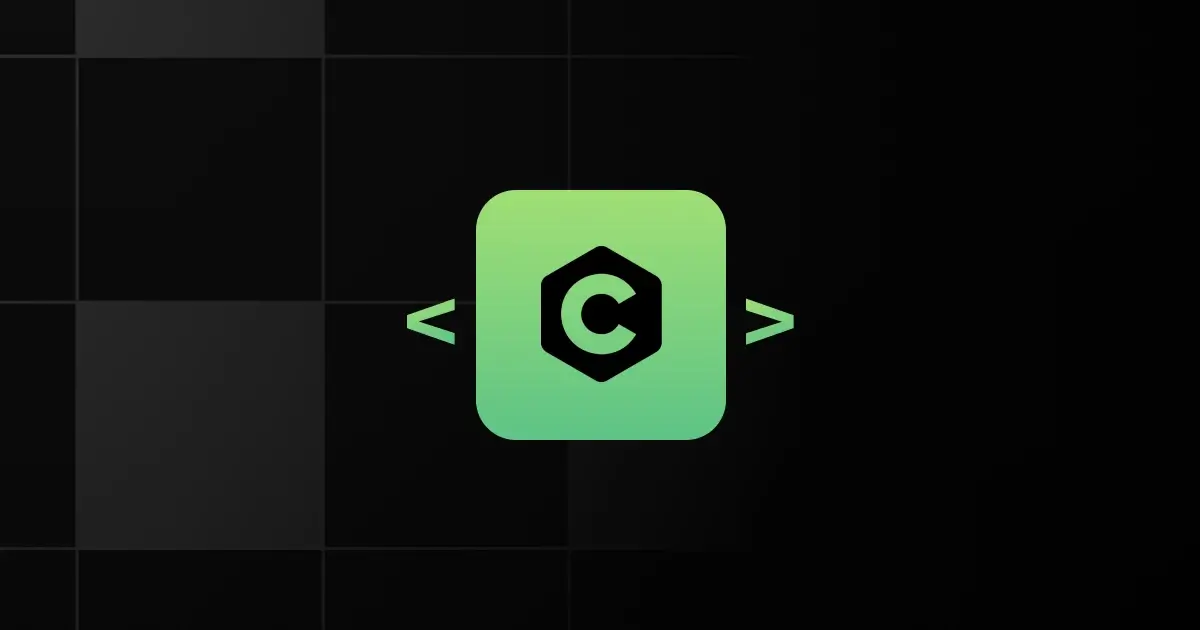


C is a low-level, general-purpose programming language known for its efficiency and control over system resources.
It is widely used in IoT development for programming microcontrollers and embedded systems.
Popularity:
- Widely used by embedded systems developers.
- Preferred by hardware engineers.
- Common in academic courses for system programming.
Learning Curve: Difficult
Framework and Library Support:
- Arduino
- CMSIS
- FreeRTOS
Integration Capabilities:
- Direct hardware interaction.
- Integrates with assembly language.
- Compatible with various IoT platforms.
Security Features:
- Allows for low-level security implementations.
- Support for encryption libraries.
- Regular updates for security patches.
Community and Support:
- Large and active community.
- Extensive documentation and tutorials.
- Numerous forums and user groups.
Job Market Demand:
- Used for programming microcontrollers and embedded systems.
- Employed in automotive, industrial automation, and consumer electronics industries.
Future Prospects and Trends:
- Continues to be essential for performance-intensive IoT applications.
- Increasing use in autonomous systems and smart devices.
2. C++
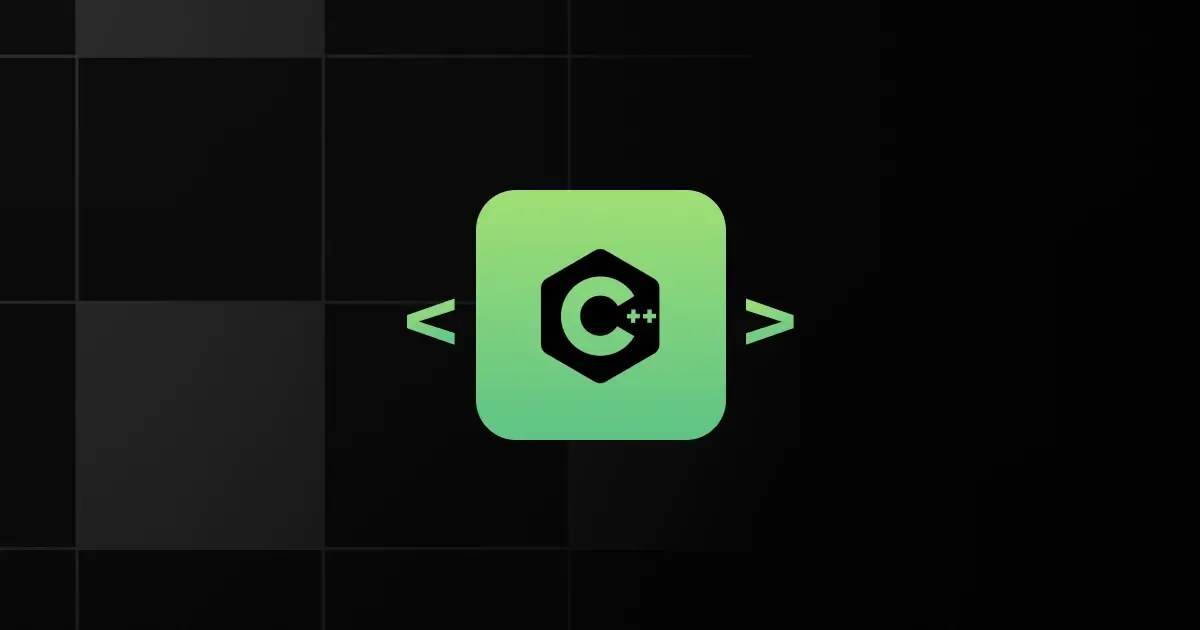


C++ is an extension of C that includes object-oriented features and is known for its performance and versatility.
It is used in IoT development for creating efficient and high-performance applications.
Popularity:
- Preferred by system-level programmers.
- Used in performance-critical IoT applications.
- Popular in game development and real-time systems.
Learning Curve: Difficult
Framework and Library Support:
- Mbed OS
- Arduino
- Boost
Integration Capabilities:
- Direct hardware interaction.
- Integrates with other languages like Python.
- Compatible with high-performance computing libraries.
Security Features:
- Strong emphasis on memory management.
- Support for encryption libraries.
- Regular updates for security patches.
Community and Support:
- Strong community support.
- Extensive resources and documentation.
- Active forums and user groups.
Job Market Demand:
- Utilized in developing IoT devices and real-time systems.
- Employed in automotive, aerospace, and robotics industries.
Future Prospects and Trends:
- Continues to be essential for performance-intensive IoT applications.
- Growing use in autonomous systems and robotics.
3. Python
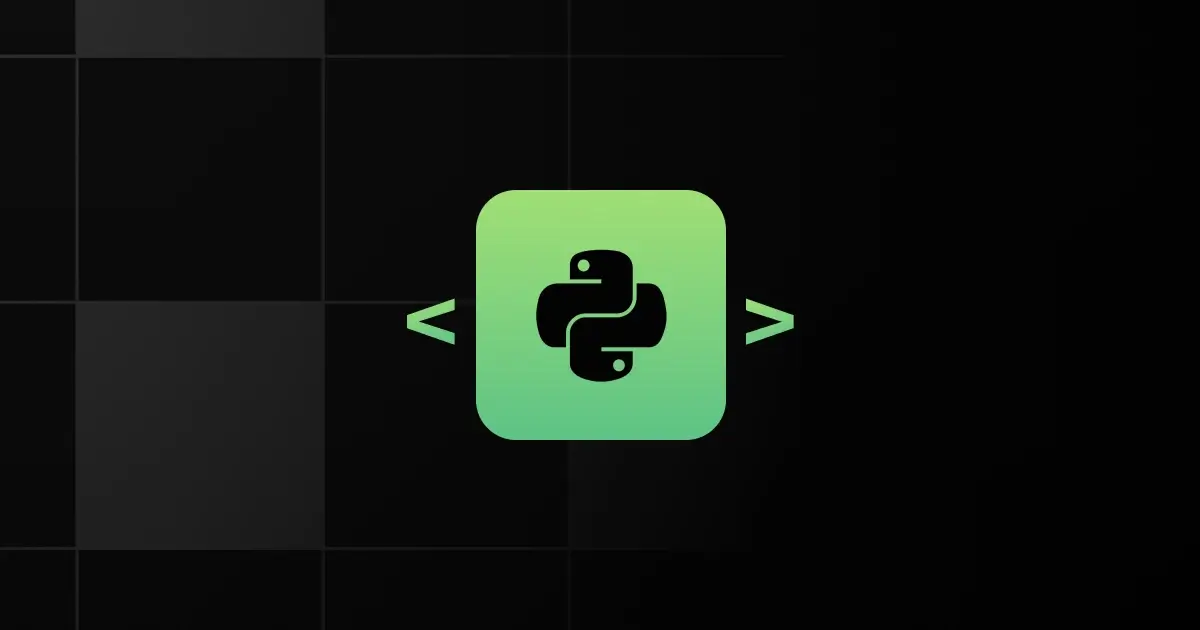


Python is a high-level, interpreted language known for its simplicity and readability.
It is widely used in IoT development for rapid prototyping and integrating with various IoT platforms.
Popularity:
- Widely used by data scientists and developers.
- Preferred for quick development and prototyping.
- Common in educational settings.
Learning Curve: Easy
Framework and Library Support:
- MicroPython
- Adafruit CircuitPython
- Zerynth
Integration Capabilities:
- Integrates with various IoT platforms like Raspberry Pi.
- Compatible with numerous databases.
- Interfaces with cloud services like AWS and Azure.
Security Features:
- Libraries for secure coding practices.
- Support for encryption and authentication.
- Regular updates and patches.
Community and Support:
- Large and active community.
- Extensive documentation and tutorials.
- Numerous forums and support channels.
Job Market Demand:
- Used for rapid prototyping and data analysis in IoT projects.
- Employed in tech, healthcare, and smart home industries.
Future Prospects and Trends:
- Increasing use in AI and machine learning integration with IoT.
- Growth in automation and smart device applications.
4. Java
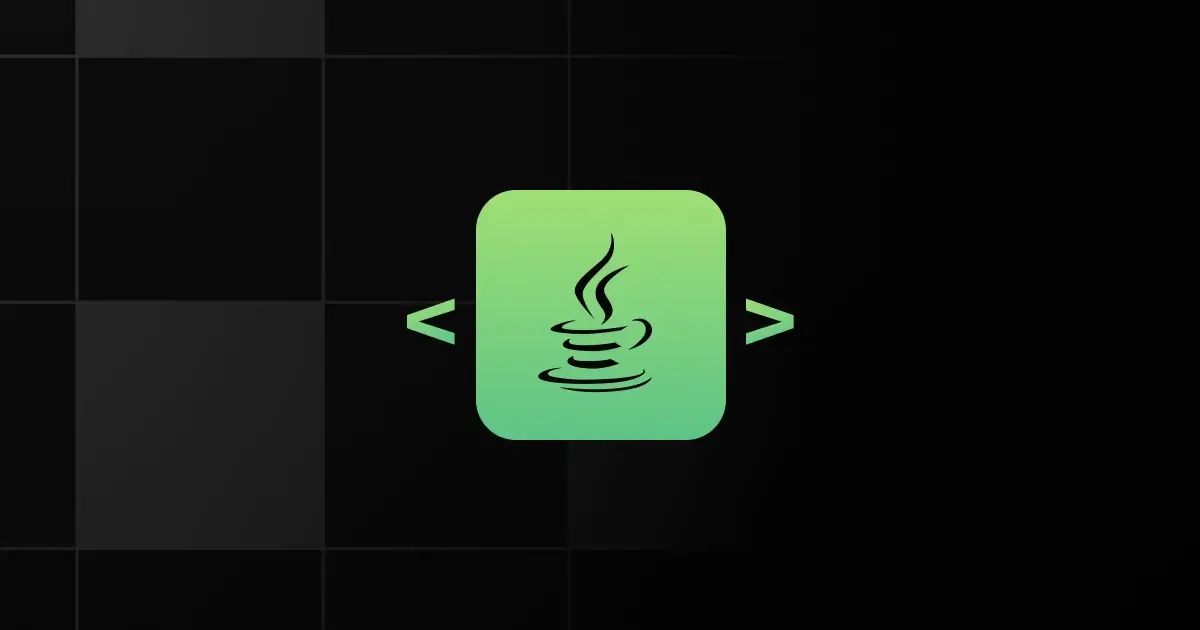


Java is a versatile, object-oriented programming language known for its portability and performance.
It is used in IoT development for creating scalable applications and managing device connectivity.
Popularity:
- Widely used by enterprise developers.
- Preferred for large-scale IoT applications.
- Common in educational institutions.
Learning Curve: Medium
Framework and Library Support:
- Eclipse IoT
- Java ME Embedded
- Spring IoT
Integration Capabilities:
- Integrates with various databases like MySQL and PostgreSQL.
- Compatible with web technologies via servlets and JSP.
- Works with cloud services like AWS IoT.
Security Features:
- Strong built-in security features.
- Regular updates and patches.
- Supports secure coding practices.
Community and Support:
- Large and active community.
- Extensive documentation and tutorials.
- Numerous forums and user groups.
Job Market Demand:
- Used for developing scalable IoT applications and device management.
- Employed in tech, automotive, and healthcare industries.
Future Prospects and Trends:
- Increasing use in enterprise IoT solutions.
- Growth in cloud-based IoT platforms.
5. Javascript
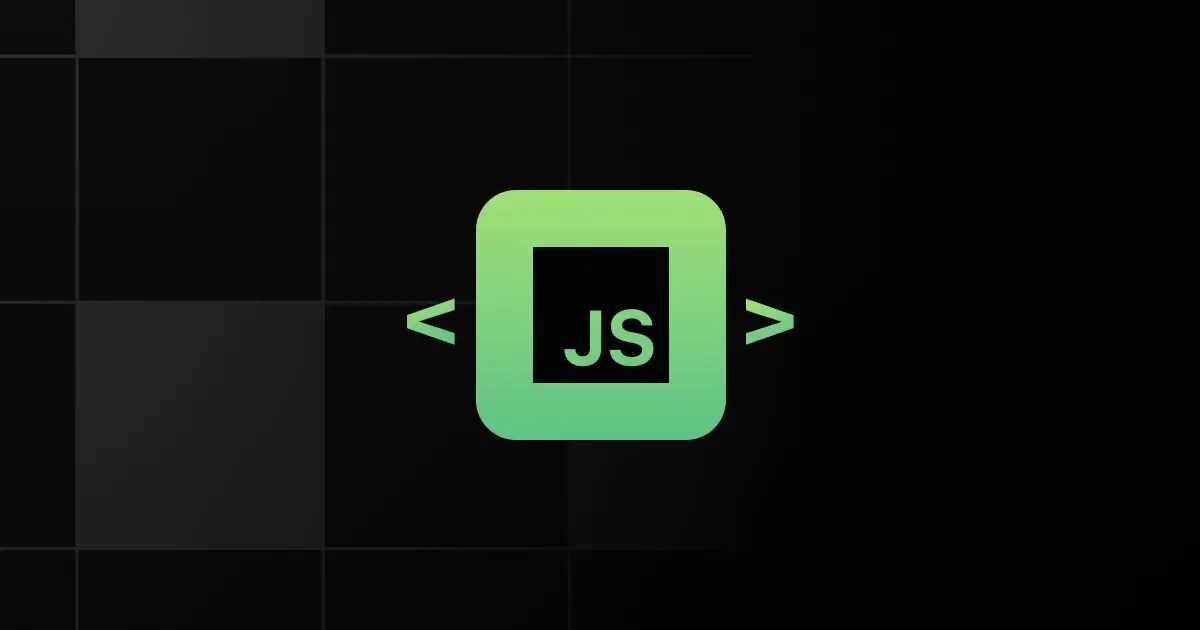


JavaScript is a versatile, high-level programming language primarily used for web development.
It is also used in IoT development for creating interactive applications and managing device connectivity.
Popularity:
- Widely used by web developers.
- Preferred for creating interactive IoT applications.
- Common in full-stack development.
Learning Curve: Easy
Framework and Library Support:
- Node.js
- Johnny-Five
- Cylon.js
Integration Capabilities:
- Integrates with HTML and CSS.
- Compatible with various web frameworks.
- Interfaces with RESTful APIs.
Security Features:
- Libraries for secure coding practices.
- Regular updates and patches.
- Supports secure data handling.
Community and Support:
- Large and active community.
- Extensive documentation and tutorials.
- Numerous forums and support channels.
Job Market Demand:
- Used for developing interactive IoT applications and device connectivity.
- Employed in tech, media, and entertainment industries.
Future Prospects and Trends:
- Increasing use in web-based IoT applications.
- Growth in real-time and interactive IoT solutions.
6. Rust
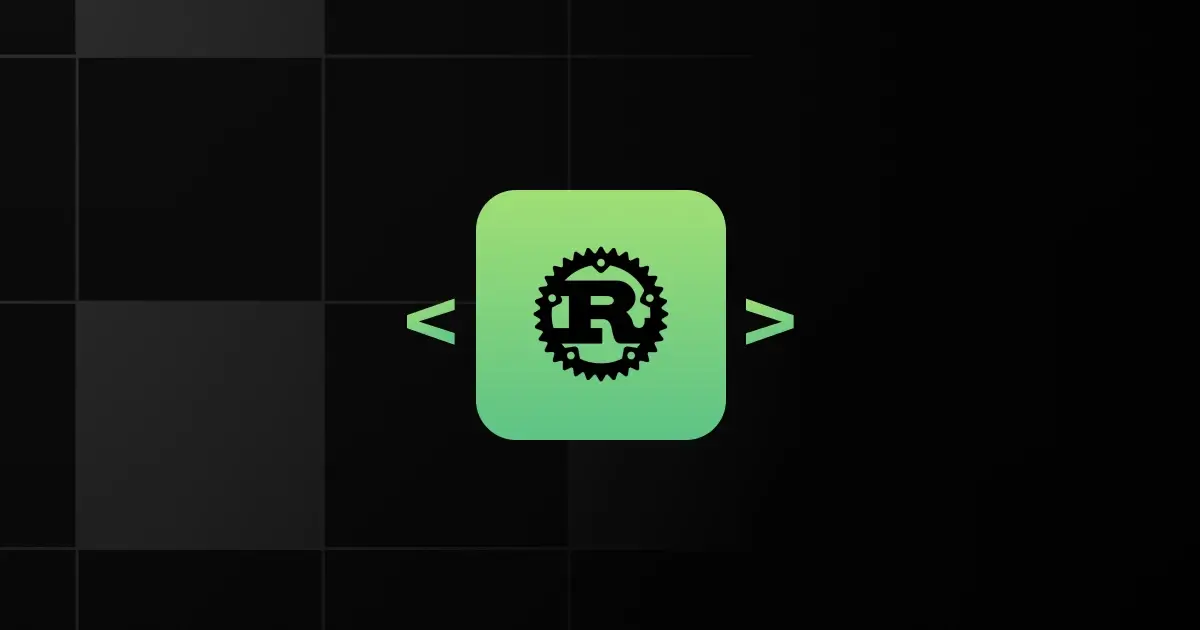


Rust is a systems programming language known for its safety and performance.
It is used in IoT development for creating secure and high-performance applications.
Popularity:
- Preferred by system-level programmers.
- Used in performance-critical IoT applications.
- Growing popularity in the developer community.
Learning Curve: Difficult
Framework and Library Support:
- Rust IoT
- tokio
- actix
Integration Capabilities:
- Direct hardware interaction.
- Integrates with other languages like C and C++.
- Compatible with various IoT platforms.
Security Features:
- Strong emphasis on memory safety.
- Support for secure coding practices.
- Regular updates and security patches.
Community and Support:
- Active and growing community.
- Extensive documentation and tutorials.
- Numerous forums and support channels.
Job Market Demand:
- Used for developing secure and high-performance IoT applications.
- Employed in automotive, aerospace, and industrial automation industries.
Future Prospects and Trends:
- Increasing use in secure IoT applications.
- Growth in autonomous systems and smart devices.
7. Lua
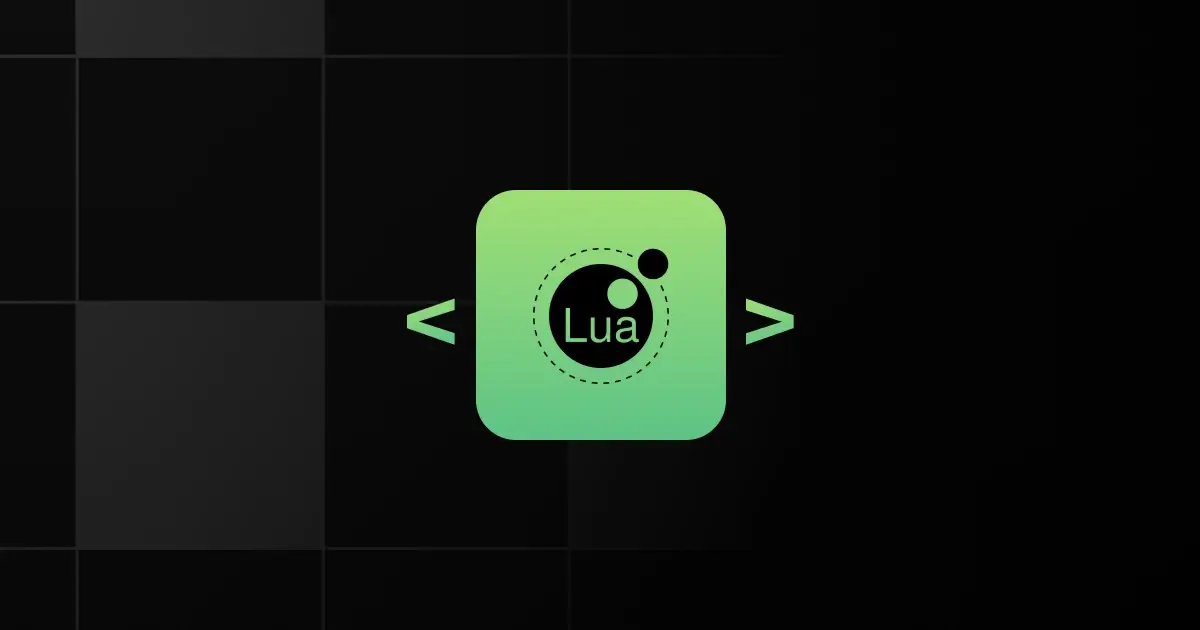


Lua is a lightweight, high-level programming language designed for embedded systems.
It is used in IoT development for scripting and automation tasks.
Popularity:
- Widely used by embedded systems developers.
- Preferred for scripting and automation.
- Popular in game development.
Learning Curve: Easy
Framework and Library Support:
- NodeMCU
- ESP8266
- OpenWrt
Integration Capabilities:
- Integrates with various IoT platforms.
- Compatible with C/C++ for performance enhancements.
- Interfaces with web services.
Security Features:
- Supports secure scripting practices.
- Libraries for encryption and secure data handling.
- Regular updates and patches.
Community and Support:
- Active community.
- Extensive documentation and tutorials.
- Numerous forums and support channels.
Job Market Demand:
- Used for scripting and automation in IoT projects.
- Employed in tech, gaming, and smart home industries.
Future Prospects and Trends:
- Continued relevance in embedded systems and IoT.
- Growth in scripting for automation and smart devices.
8. Go
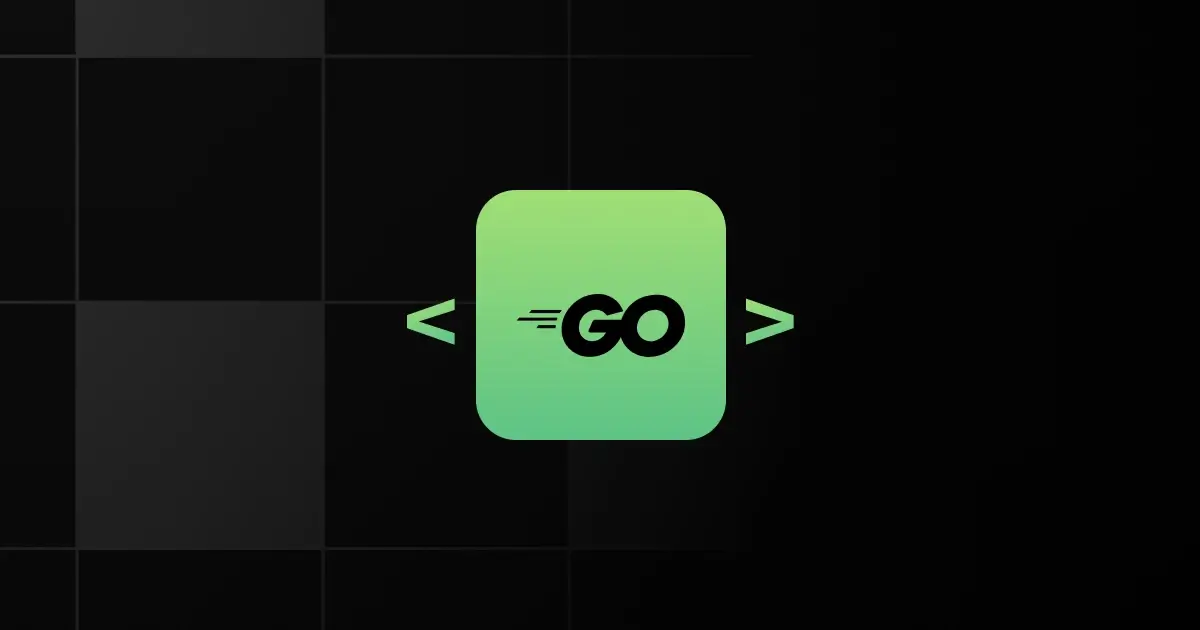


Go (Golang) is a statically typed, compiled language designed for simplicity and performance.
It is used in IoT development to build scalable and efficient applications.
Popularity:
- Preferred by backend developers.
- Used in performance-critical IoT applications.
- Growing popularity in cloud computing.
Learning Curve: Medium
Framework and Library Support:
- Gobot
- GopherJS
- GoCV
Integration Capabilities:
- Integrates with various databases.
- Compatible with cloud services like AWS and GCP.
- Interfaces with RESTful APIs.
Security Features:
- Libraries for secure coding practices.
- Support for encryption and secure data handling.
- Regular updates and patches.
Community and Support:
- Active and growing community.
- Extensive documentation and tutorials.
- Numerous forums and support channels.
Job Market Demand:
- Used for developing scalable and efficient IoT applications.
- Employed in tech, finance, and cloud computing industries.
Future Prospects and Trends:
- Increasing use in cloud-based IoT solutions.
- Growth in performance-critical IoT applications.
9. Swift
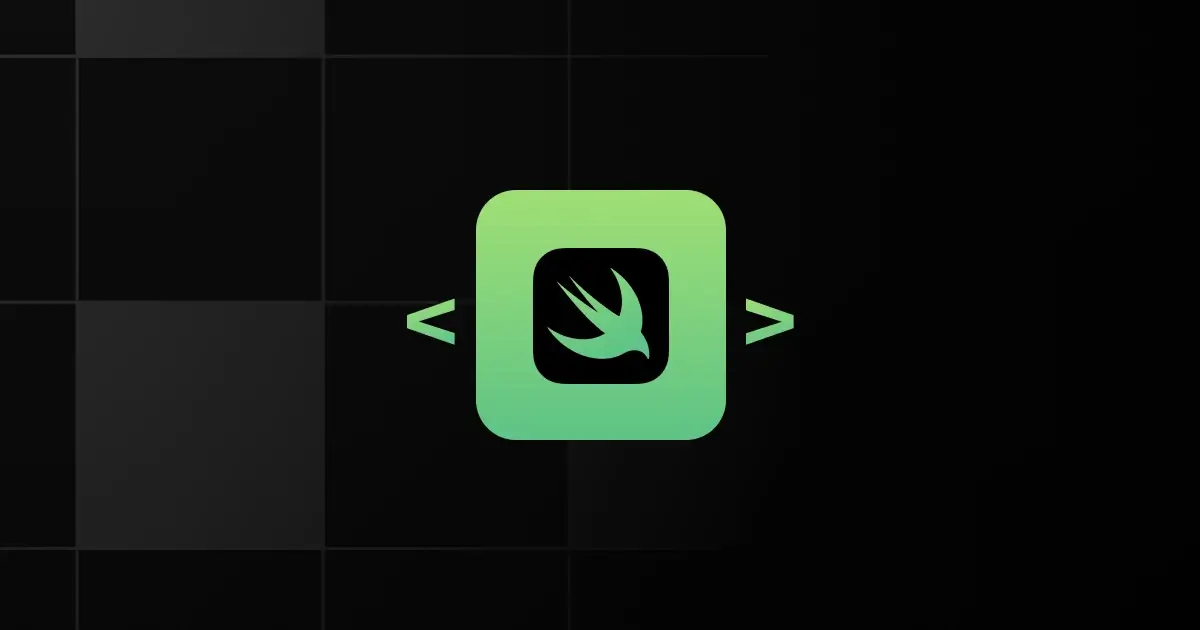


Swift is a powerful and intuitive programming language for iOS, macOS, watchOS, and tvOS app development.
It is also used in IoT development for creating applications that interact with Apple devices.
Popularity:
- Preferred by iOS developers.
- Supported by Apple.
- Growing use in the iOS ecosystem.
Learning Curve: Easy
Framework and Library Support:
- CoreBluetooth
- HomeKit
- SwiftNIO
Integration Capabilities:
- Integrates with Apple’s development tools.
- Compatible with various databases.
- Interfaces with RESTful APIs.
Security Features:
- Strong typing and error handling.
- Regular updates for security.
- Secure memory management.
Community and Support:
- Large and active community.
- Extensive documentation and tutorials.
- Numerous forums and support channels.
Job Market Demand:
- Used for developing applications that interact with Apple devices.
- Employed in tech, healthcare, and smart home industries.
Future Prospects and Trends:
- Increasing use in smart home and wearable IoT applications.
- Growth in AR and VR applications.
10. PHP
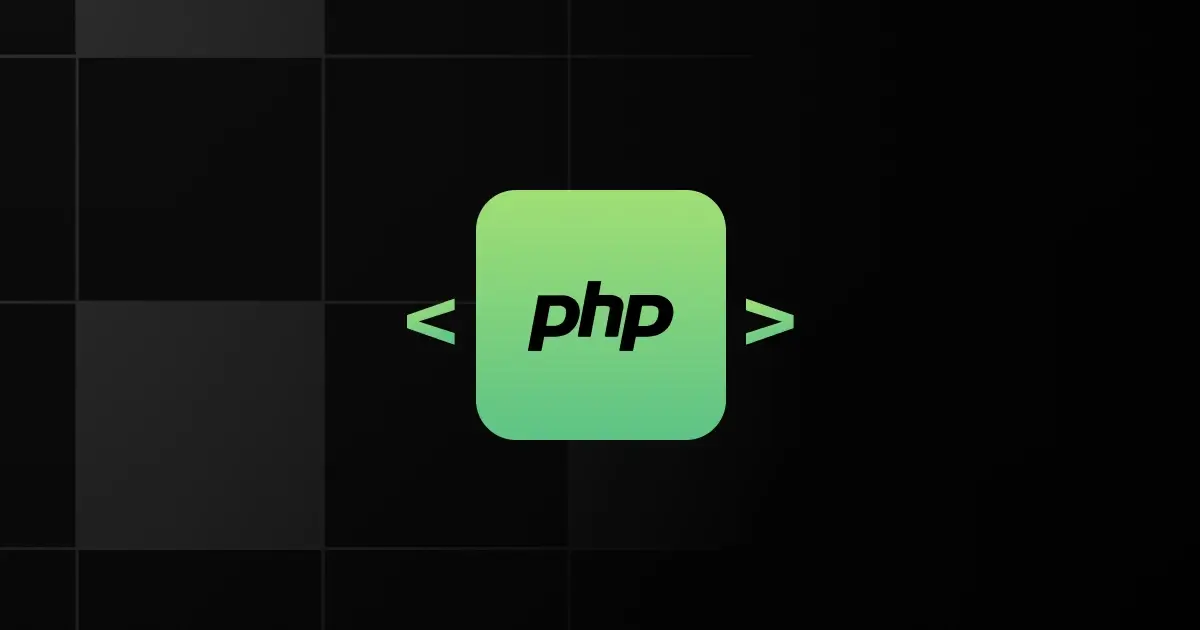


PHP is a popular server-side scripting language used for web development.
It is also used in IoT development for creating backend services and managing device connectivity.
Popularity:
- Widely used by web developers.
- Preferred for server-side scripting.
- Common in small to medium-sized businesses.
Learning Curve: Easy
Framework and Library Support:
- Laravel
- Symfony
- CodeIgniter
Integration Capabilities:
- Integrates with various databases.
- Compatible with web servers like Apache.
- Interfaces with RESTful APIs.
Security Features:
- Libraries for secure coding practices.
- Regular updates and patches.
- Supports data encryption and sanitization.
Community and Support:
- Large and active community.
- Extensive documentation and tutorials.
- Numerous forums and support channels.
Job Market Demand:
- Used for creating backend services and managing device connectivity.
- Employed in tech, media, and small businesses.
Future Prospects and Trends:
- Continued relevance in web development.
- Increasing focus on security and performance.
Frequently Asked Questions
1. What are the best programming languages for IoT?
The best programming languages for IoT are:
- C
- C++
- Python
- Java
- Javascript
2. How should I choose a programming language for IoT?
You should choose a programming language for IoT by noting the job market demands, prospects, and integration capabilities.
3. What is the best programming language for beginners in IoT?
The best programming languages for beginners in IoT are C, C++, Python, and Java.
4. Which programming languages are currently trending in the Internet of Things?
C, C++, Java, and Python programming languages are currently trending in the Internet of Things.
5. Which programming languages offer the best framework and library support for the Internet of Things?
C++ and Python offer the best framework and library support for the Internet of Things.
6. Which programming languages have promising future prospects for IoT?
C++, Python, Javascript, Rust, and Java have promising future prospects for IoT.
Final Words
We hope this blog helps you to choose the best language for IoT programming.
Choose a programming language for IoT devices that meets your specific project requirements.
Explore More IoT Resources
Explore More Programming Languages For:
Related Posts
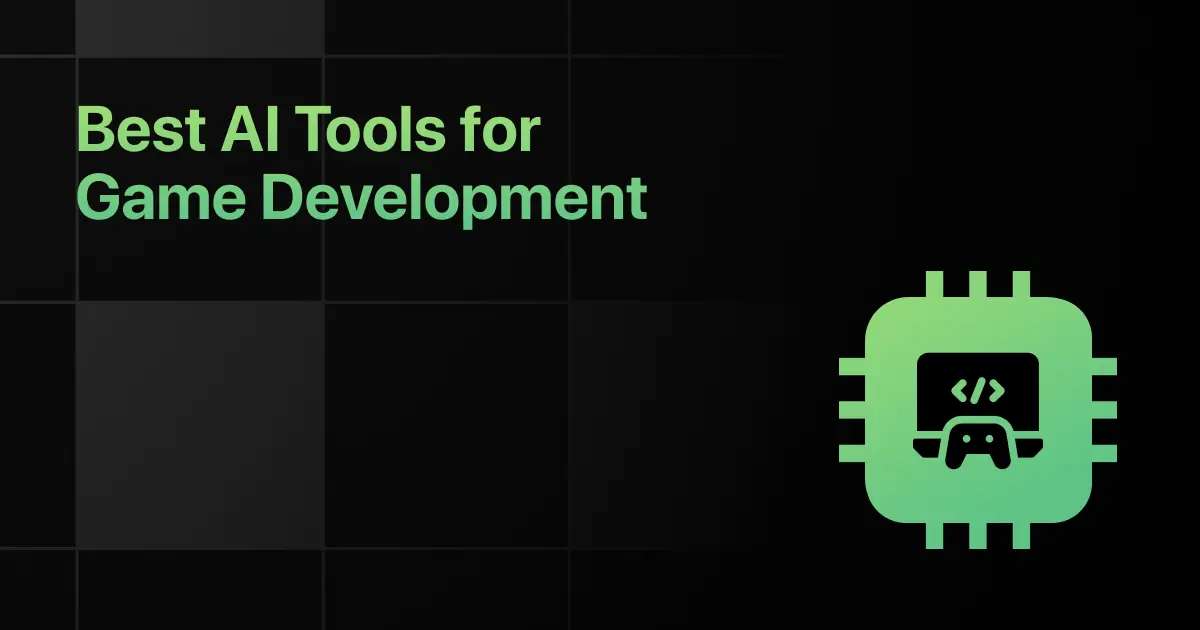

Best AI Tools for Game Development [Free + Paid]
Ever feel stuck staring at things , not knowing what to do next? You're not alone. Game development can be …









